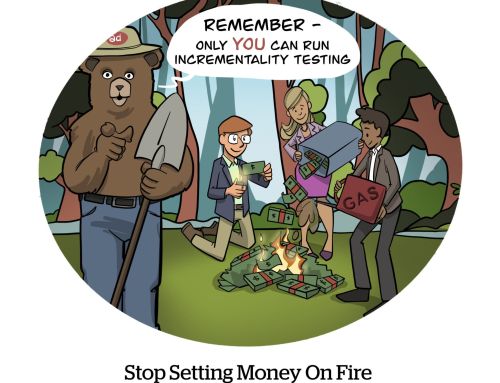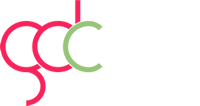When I began my company’s marketing program almost two years ago, the last thing I was focused on was the website. Keepsafe had just refreshed its branding, website and all.
As a mobile app company, our storefront is the App Store and Google Play. My first jobs were to position our apps to grow, create messaging for our family of apps and develop a brand voice. I stayed focused on these tasks for the first year and kept reminding myself why they were important, despite their challenges.
As I refined the visual imagery and language we used to talk about our company and its products, I made myself ignore how far our new marketing assets were diverging from our website. Websites are hard to disregard because they are the world’s window into your company. If the App and Play stores were our storefronts, then the website was our billboard.
Time it right.
After you have shored up your primary marketing channels, take a hard look at your website. Ours looked dated. It was a relic from the days when the company had one primary solution for protecting people’s privacy. Since that time, we had set our sights on a broader vision as a company: to build a family of simple mobile apps that redefine the future of privacy and security.
Research and document.
Outline your web design goals, create an early site map and make notes based on SEO research. Our organic web traffic showed that our website could be another source of growth for the company. I initiated conversations about where our current website structure was failing and documented ideas for improving it.
Gather allies and prepare.
For your upcoming website project, don’t forget this key partner: your head of design. They are often the one saddled with making simple website updates that are time-consuming and onerous. It is in their best interest to find a more efficient solution. I met weekly with our head of design to discuss moving the project forward. Together we finalized the new site structure – I drafted content, and he created a click-through storyboard and a proof-of-concept landing page.
Get referrals and buy-in.
It’s important to receive buy-in from major company shareholders before moving forward. Discuss the website redesign with your company’s founders, and answer any initial questions they may have. Seek referrals for web design firms from your network, and scout out which firms have developed your favorite sites. I tracked potential candidates in a spreadsheet and set up introductory calls and meetings.
Create your brief.
Building on this information, I wrote a creative brief for the project. Be sure your creative brief includes background on the company, project goals and target audience, as well as supporting materials such as your storyboard, landing page, brand guidelines and recent marketing assets. Most importantly, include references to other websites that showcase the look, feel and vibe you want your new website to capture.
Pick the design firm.
I briefed our head of design on the proposals. We selected the winning firm on the basis of several criteria: the content of the proposal, the firm’s portfolio of work and price. In the end, we chose the firm that aligned most with our vision for the redesign and had the portfolio that proved its capability.
Manage the project.
Even if you are outsourcing the development of your new website, allocate significant time to working on the project. From commenting on the website production schedule to answering questions and giving feedback on design reviews, responsiveness is critical to keep the project moving forward. I finalized copy, delivered design assets, hunted for imagery and even planned an unexpected team photo shoot. When I spotted oversights, I negotiated how to address them.
Get it over the finish line.
This was the most challenging part of the project – ensuring that the final redesign lined up with my vision (and everyone else’s). Be mindful of bringing stakeholders along to review progress and set expectations around delivery date and budget. But remember, it’s never a bad idea to schedule a launch date that’s at least a month later than the date your design firm gives you. I reviewed the site a thousand times, set clear acceptance criteria and stayed on top of the tasks that remained in order to launch. Then I set a firm launch date and committed to it.
Launching a new website is daunting. For my company, it was a substantial investment of time and resources. Clear goals and advance preparation led to our project’s success. I was mindful of our stakeholders, but I was also lucky to have the experience and autonomy to make decisions. For example, I chose to delay our project by a week in order to track down the right imagery for our audience and brand. I delayed the project by yet another week when the animations weren’t transitioning as we’d imagined. While I’ve seen projects veer off course when too much perfectionism creeps in, it’s important to remember that a website is a living marketing asset. If developed thoughtfully, it can evolve with your company.











